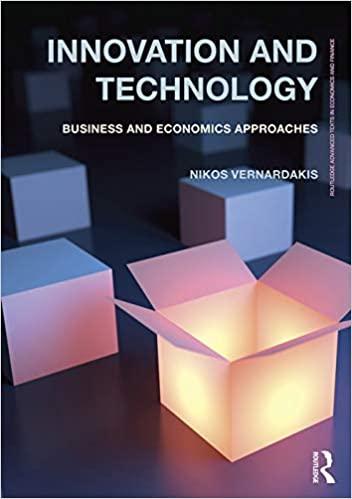Answered step by step
Verified Expert Solution
Question
1 Approved Answer
Abernochty Perfumes Limited manufacture a unique range of perfumes, produced from a blend of heather, water and specialist materials. For many years, their sales and
Abernochty Perfumes Limited manufacture a unique range of perfumes, produced from a blend of heather, water and specialist materials. For many years, their sales and marketing manager has been attempting to secure a high value supply contract for their products from a chain of department stores. The sales and marketing manager believes that the contract is likely to go ahead in the near future. However, there has already been a series of negotiations on the contract price, all of which have put downwards pressure on the amount to be received by the company. The department stores chain have currently offered Rs1.8m for a 46-week contract. The company's accountant is genuinely concerned that, although the contract is relatively high in value, has been much sought after and could be regarded as prestigious, the company will lose money by accepting it. He has put together the following costing: Materials A (in stock at original cost) USD 150 000 B (already on order) USD 180 000 C (not yet ordered) USD 300 000 Labour Skilled USD 540 000 Unskilled USD 300 000 Supervision USD 100 000 General Overheads USD 1 080 000 USD 2 650 000 In short, the accountant believes that the company will incur a substantial loss on the contract. Therefore, he is forced to recommend to the directors that the contract should be rejected. The other directors of the business find this costing very hard to accept, since it threatens one of the largest single contracts in the company's history. Following some questioning, the accountant provides the following additional information for consideration by the directors: (a) Material A is actually an obsolete material. It may, however, be used as a substitute on another contract for a material costing USD 135 000 after the incurrence of conversion costs of USD 37 000. (b) Material B was ordered four weeks ago for another contract, which has been cancelled. The scrap value of this scarce material is estimated to be USD 220 000. (c) Material C is estimated to cost USD 300 000. Last year, the company could have purchased equivalent amounts of Material C for USD 225 000. (d) The skilled labour will be transferred from other contracts to fulfill this contract. Their other tasks will be completed by unskilled labour at a cost of USD 550 000 for the 46-week contract period. The unskilled labour on this contract will be specially employed for the contract period. (e) The supervision staffs are already employed by the company. If the contract does not proceed, two of the supervision staff is likely to be transferred to management without being replaced as supervisors. They will take the place of managers (earning USD 50 000 in total) who have already left the company. (f) General overheads have been allocated to the contract on the basis of 200% of the cost of skilled labour. It is estimated that USD 185 000 of general overheads would be avoided if the contract is rejected. (g) There are no contracts currently available to the company, which are more profitable than the contract under consideration. One of the directors has raised the issue of opportunity costs and has asked that these be taken into account when costing this contract. He believes that a different approach to the costing process might yield a different outcome. Required: Using the opportunity cost approach to decision-making, prepare a re-costing of the contract. Detail your reasons for the costs included and advise whether the contract should be accepted or rejected
Step by Step Solution
There are 3 Steps involved in it
Step: 1

Get Instant Access to Expert-Tailored Solutions
See step-by-step solutions with expert insights and AI powered tools for academic success
Step: 2

Step: 3

Ace Your Homework with AI
Get the answers you need in no time with our AI-driven, step-by-step assistance
Get Started


